Horizon 2050 analyzes the aviation technologies and policies needed to achieve net zero carbon emissions by 2050
Arlington, Va. (April 19, 2022) – Today, the Aerospace Industries Association (AIA) and Accenture released a comprehensive new report analyzing the state of sustainable aviation technologies in the United States. The study identifies the prioritization and investments necessary for the aviation sector to achieve net zero carbon emissions by 2050.
The report, Horizon 2050: A Flight Plan for the Future of Sustainable Aviation, comes as the number of global air passengers is expected to nearly double over the next 20 years, causing an increase in fuel consumption and ultimately an increase in carbon emissions.
“There’s no question that the aviation industry will rise to the occasion, meet these challenges head on, and lead us to a more sustainable future,” said Eric Fanning, President and CEO of AIA. “Horizon 2050 provides a detailed look at the exciting new technologies on the horizon and how government, stakeholders, and industry can collaborate to turn these aspirations into actions.”
“The aviation industry is moving towards a sustainability agenda that goes well beyond reducing aircraft emissions and extends to creating business value and sustainable impact across the ecosystem,” said John Schmidt, global Aerospace and Defense industry lead at Accenture. “By embedding sustainability into every stage of the manufacturing and delivery of products and services—from internal strategy and operations to ecosystem partners—organizations will build more trusted, circular and net zero value chains, while also driving social and economic benefits.”
Horizon 2050 is a comprehensive guide to prioritizing decarbonization solutions, based on technology-specific data and analysis. The report is divided into three sections, including a technology report, feasibility assessment, and an AIA policy roadmap.
The report evaluates technology solutions based on emission-reduction potential, maturity status, and applicability within time horizons relevant to aircraft entry-into-service:
- Near-term and market-ready technologies (today-2030)
- Mid-term technologies, typically in planning stages (2030-2040)
- Longer-term technologies, mostly in research and development (possible market entry beyond 2040)
Additionally, Horizon 2050 outlines AIA’s policy roadmap that is necessary for government to play a key role in advancing these technologies. This includes creating a cohesive, multi-year strategic plan tied to reliable funding that the industry can count on, working with international organizations to shape industry standards, and ensuring that new technologies can be incorporated as quickly as possible while maintaining safety as the top priority.
“There is no silver bullet when it comes to achieving the industry’s goal of net zero carbon emissions by 2050. We know that this goal is going to require a whole host of solutions, both large and small,” said David Silver, Vice President for Civil Aviation at AIA and co-author of Horizon 2050. “Dramatic changes to airport operations and infrastructure, offsets and sustainable aviation fuels, and crucially, cutting-edge aerospace technologies all have a role to play in making this goal a reality.”
More information on AIA’s commitment to a sustainable future is available here.
###

